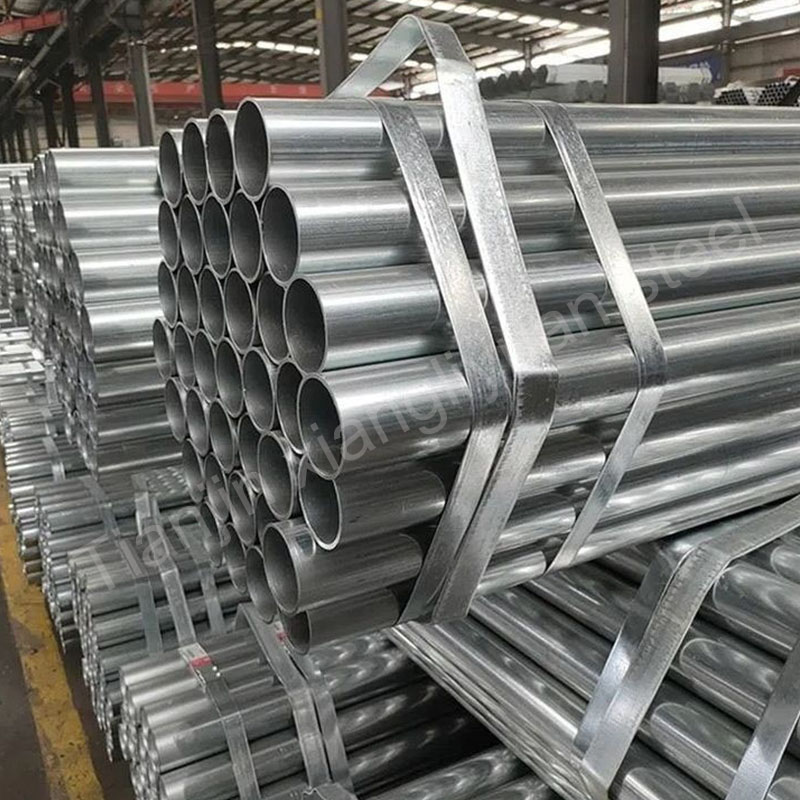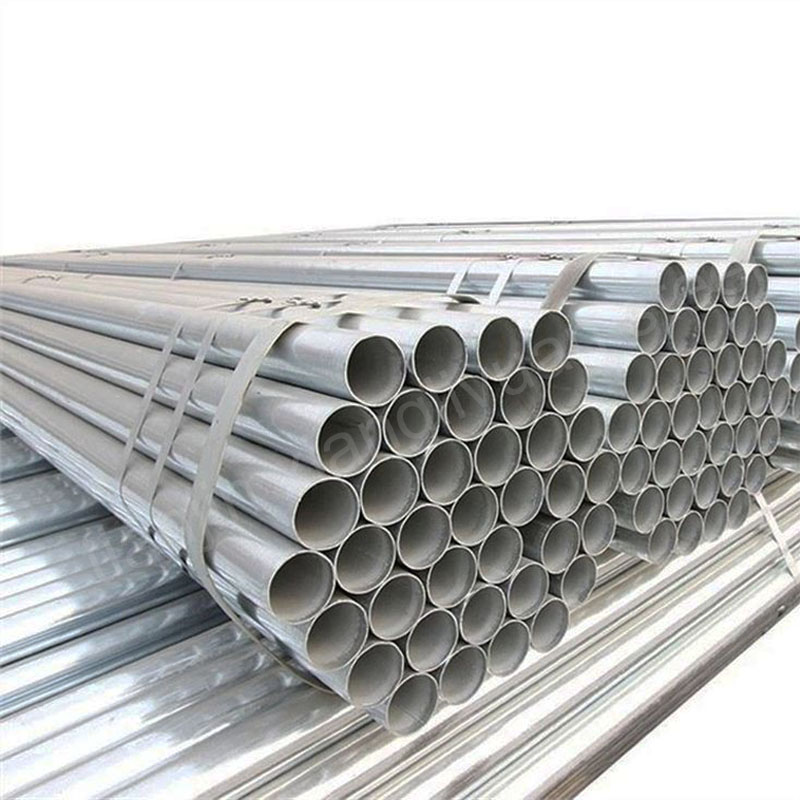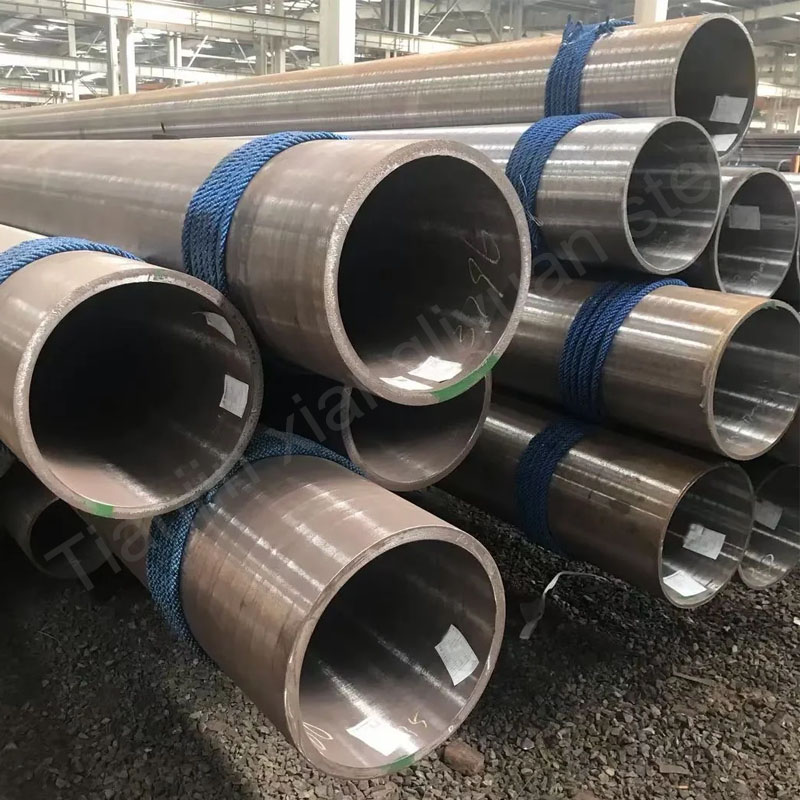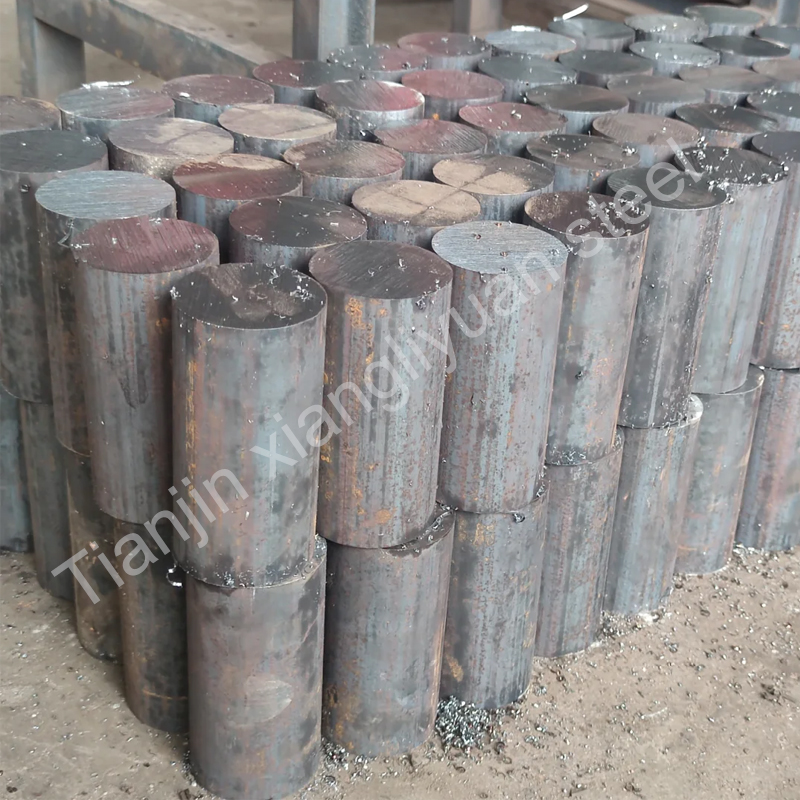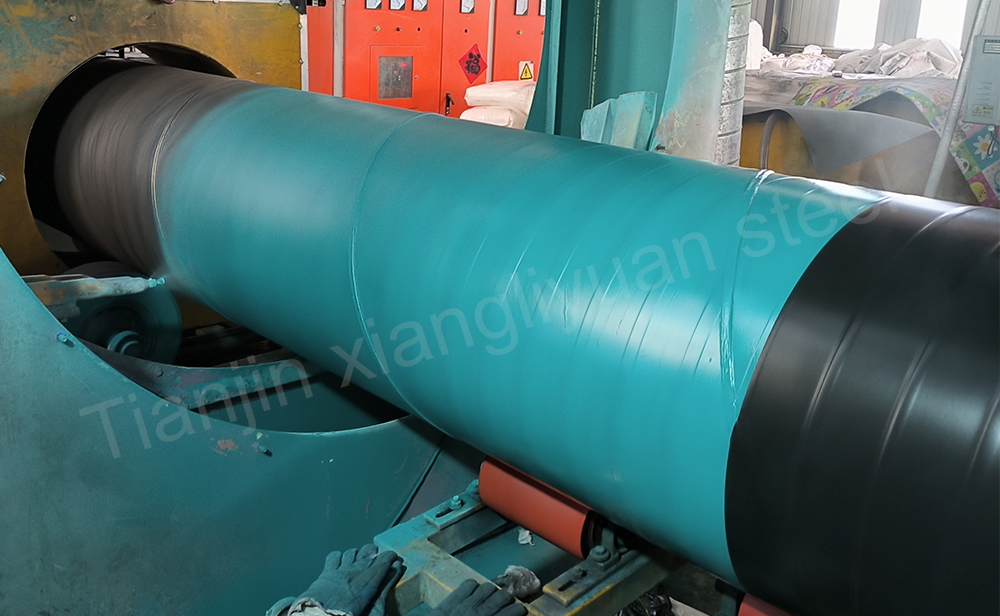Pre-galvanized steel pipe and hot-dip galvanized steel pipe are two common types of steel pipes. They are both treated with galvanizing process to improve the corrosion resistance and service life of steel pipes. Although both are galvanized steel pipes, there are obvious differences in production process, performance characteristics and application fields.
Pre-galvanized steel pipe
Pre-galvanized steel pipe refers to the steel strip that has been galvanized before forming the steel pipe, that is, the steel strip is pre-coated with a layer of zinc through the galvanizing process, and then formed and welded into a steel pipe.
Features:
1. High production efficiency: The steel strip is directly used for processing after galvanizing, and the production process is simple and efficient.
2. Uniform zinc layer: Since the galvanizing is completed when the steel strip is unfolded in the plane, the zinc layer is more evenly distributed and the surface is smooth and beautiful.
3. Thin zinc layer: Generally, the thickness of the zinc layer is between 20-30μm, and the corrosion resistance is slightly inferior to that of hot-dip galvanized steel pipe.
4. Low price: The process is relatively simple and the cost is low, so the market price is relatively economical.
Application areas:
Pre-galvanized steel pipes are suitable for scenes with low anti-corrosion requirements, commonly seen in:
– Indoor structural engineering (such as ceiling brackets, light steel structures)
– Furniture industry (such as table and chair frames)
– Pipeline transportation (non-corrosive liquids or gases)
Hot-dip galvanized steel pipes
Hot-dip galvanized steel pipes are made by immersing the formed steel pipes in molten zinc liquid to form a thick zinc layer on the surface of the steel pipes. This process allows the zinc layer to fully combine with the steel surface, thereby significantly improving the anti-corrosion ability.
Features:
1. Thick zinc layer: The zinc layer is usually 50-60μm thick, and some high-requirement areas can reach 100μm, with excellent corrosion resistance.
2. Strong adhesion: The zinc layer is firmly bonded to the steel, not easy to peel off or damage, and has higher durability.
3. Complex production process: It requires multiple processes such as pickling, cleaning, zinc immersion, cooling, etc., and the cost is relatively high.
4. Slightly rough surface: Due to the zinc immersion process during hot-dip galvanizing, the surface smoothness is not as good as pre-galvanized steel pipes, but it is more practical and durable.
Application areas:
Hot-dip galvanized steel pipes are usually used in scenarios that require high-strength anti-corrosion performance, such as:
– Outdoor projects (such as bridges, street light poles)
– Water conservancy projects (such as drainage pipes)
– High humidity environments (such as cooling tower brackets, farms)
– Transportation pipelines in the petrochemical and chemical industries
The main difference between pre-galvanized steel pipes and hot-dip galvanized steel pipes
1. Production process: Pre-galvanized steel pipes are “galvanized first and then formed”, while hot-dip galvanized steel pipes are “formed first and then galvanized”.
2. Zinc layer thickness: The zinc layer of pre-galvanized steel pipes is thin and uniform, while the zinc layer of hot-dip galvanized steel pipes is thicker and has stronger corrosion resistance.
3. Appearance: The surface of pre-galvanized steel pipes is smooth, while hot-dip galvanized steel pipes are slightly rough.
4. Price: Pre-galvanized steel pipes cost less than hot-dip galvanized steel pipes.
5. Application areas: Pre-galvanized steel pipes are suitable for light and indoor use, while hot-dip galvanized steel pipes are more suitable for outdoor and heavy industrial scenes.
Pre-galvanized steel pipes and hot-dip galvanized steel pipes have their own characteristics, and users should make decisions based on the specific needs of the project when choosing. If you need a beautiful and economical choice, you can use pre-galvanized steel pipes; if you have high requirements for corrosion resistance and durability, hot-dip galvanized steel pipes are recommended.

